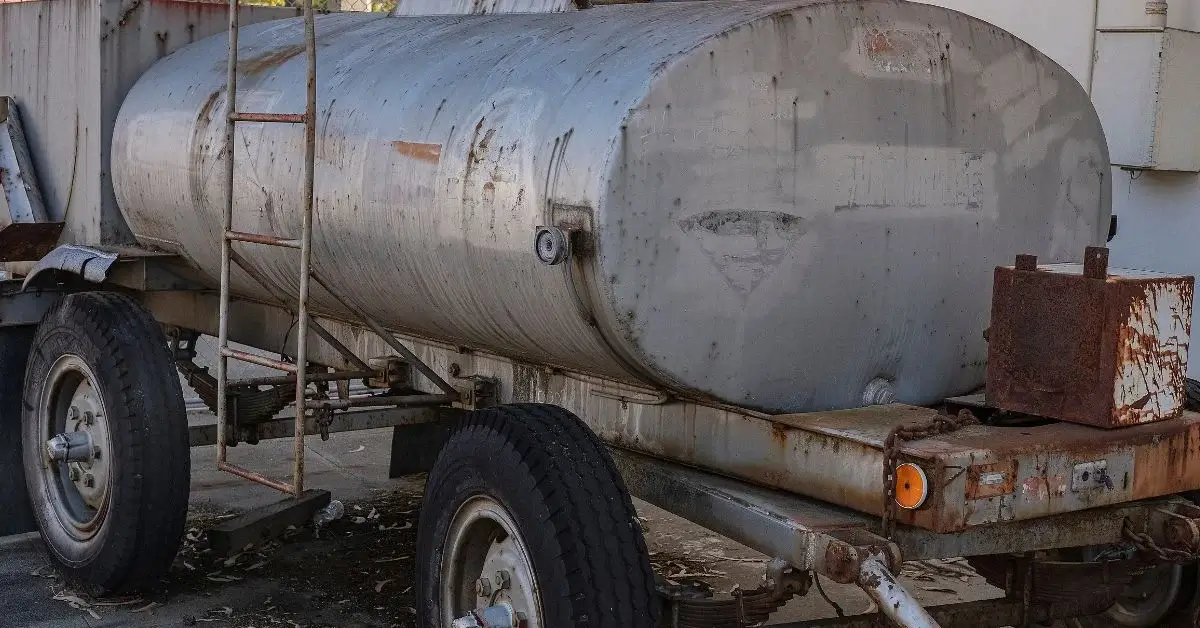Did you know that if you haul hazmat materials, you need a registration number with the PHMSA?
Not only that, but you need to update/renew your permit every year (or every 3 years if you are considered a small business by the government). PHMSA is where you can get that done.
PHMSA requirements are not all that you have to do, though!
In Colorado, for example, if you are transporting ANY hazardous materials, you should have a state permit.
This article covers much of what you should know when safely handling and transporting hazardous materials (HAZMAT).
For the Driver: what you need in and on your truck
- Emergency Response Guide (ERG): Every truck needs its own ERG accessible from the ground of the driver-side door.
- A larger fire extinguisher: You need a 5 lb. fire extinguisher on all CMVs that are mounted and charged. But when you haul HAZMAT, you need to increase the size to a 10lb. The rating might be different as well. Be sure to check the Federal Motor Carrier Safety Regulations (FMCSRs) to be sure you have the right equipment.
- Safety data sheet: A safety data sheet (SDS) is a standardized document that provides essential information about the properties of a chemical product. In cases of accidents, spills, fires, or other emergencies involving hazardous chemicals, SDS’s provide critical guidance on how to respond–safely and effectively.
- Emergency contacts: Every company needs to have a sheet in the truck book that has emergency contact information. Additionally, many companies use ChemTrack. They have trained professionals on call 24 hours a day, specifically for this purpose.
- HAZMAT Placards: Every vehicle transporting HAZMAT needs HAZMAT placards on all four sides that let others know what you are hauling. The placards ensure emergency responders can see what is inside the truck from a distance. That way, they can be safe if there is an accident.
- Shipping documents: Shipping documents are vital, especially with HAZMAT loads. Drivers should track what they are hauling, when and where they pick it up, and when and where they drop it off.
To ensure you have everything covered, take the time to read the Regulations and make sure you comply.
For the Company: training and plans
HAZMAT Training
When you work with hazardous materials, you should have the proper training, policies, and other essential items to ensure your crews are safe.
Managers, drivers, and everyone down to the person who handles the billing and shipping documents must complete an initial HAZMAT training and go through HAZMAT awareness training every three years.
Other training can vary in duration and depth, depending on the complexity of the transported materials and employees’ job functions. Contact Eclipse DOT if you have any questions regarding HAZMAT training needed for your business.
Site Security Plans
Site security plans, especially when dealing with hazardous materials, are comprehensive strategies developed to protect facilities, personnel, and the environment from security threats and potential acts of terrorism or intentional harm involving hazardous materials. Typically, regulatory agencies require site security plans, which are essential for enhancing the safety and security of a facility.
If you transport or manage hazardous materials, take these key points seriously and ensure that your practices and policies follow the regulations. The safety of your crew, the public, and the environment depends on it.





